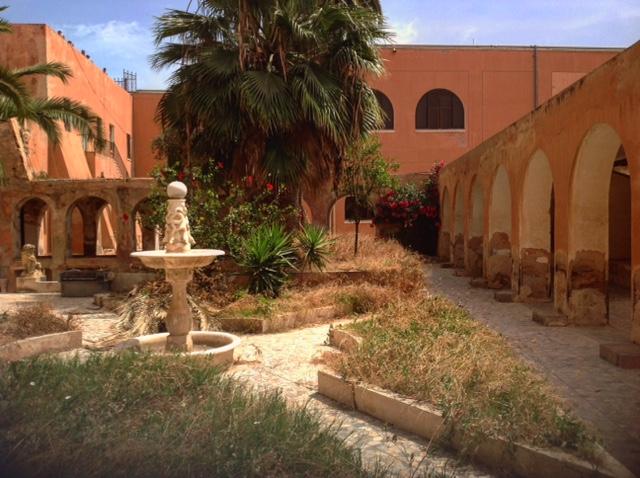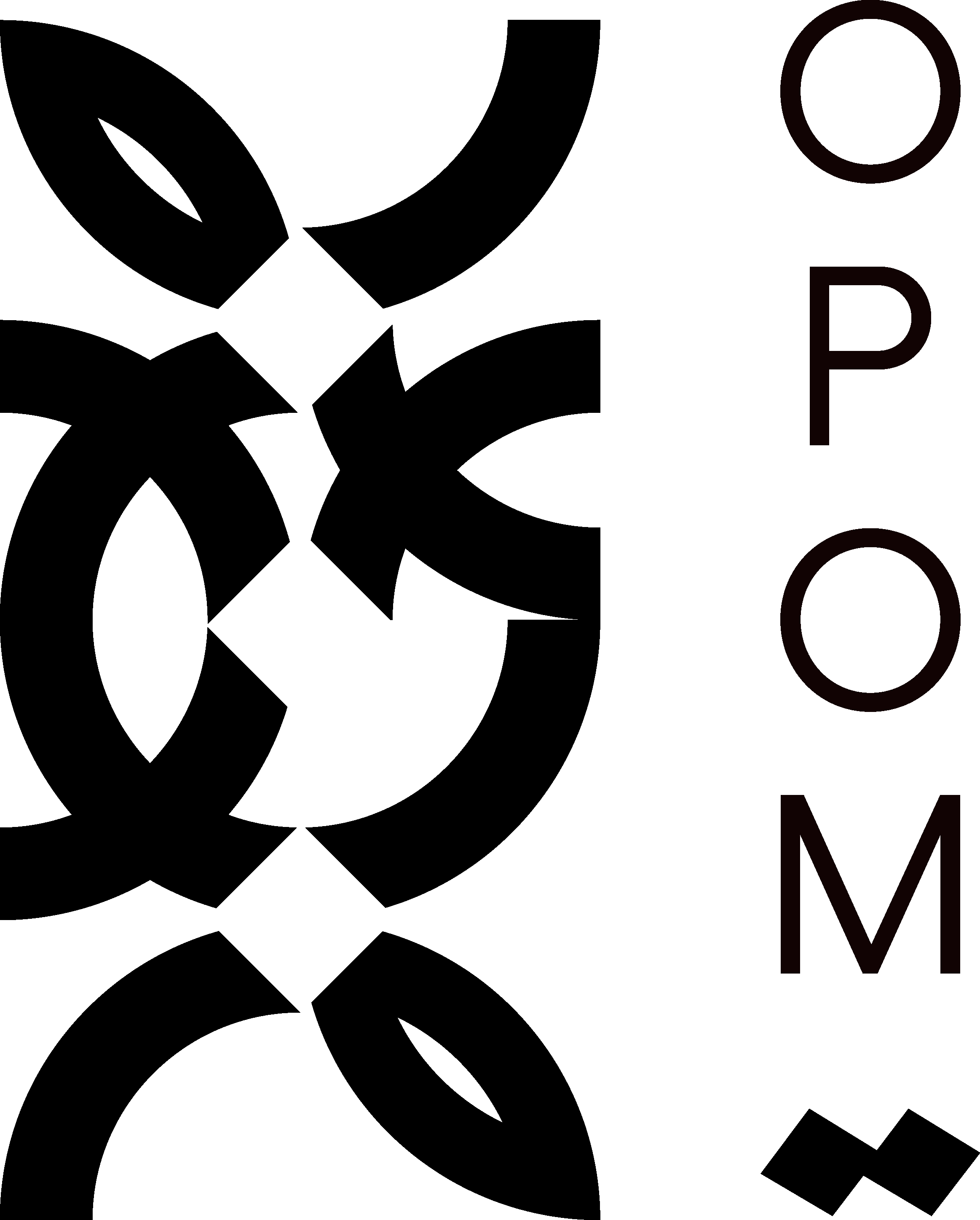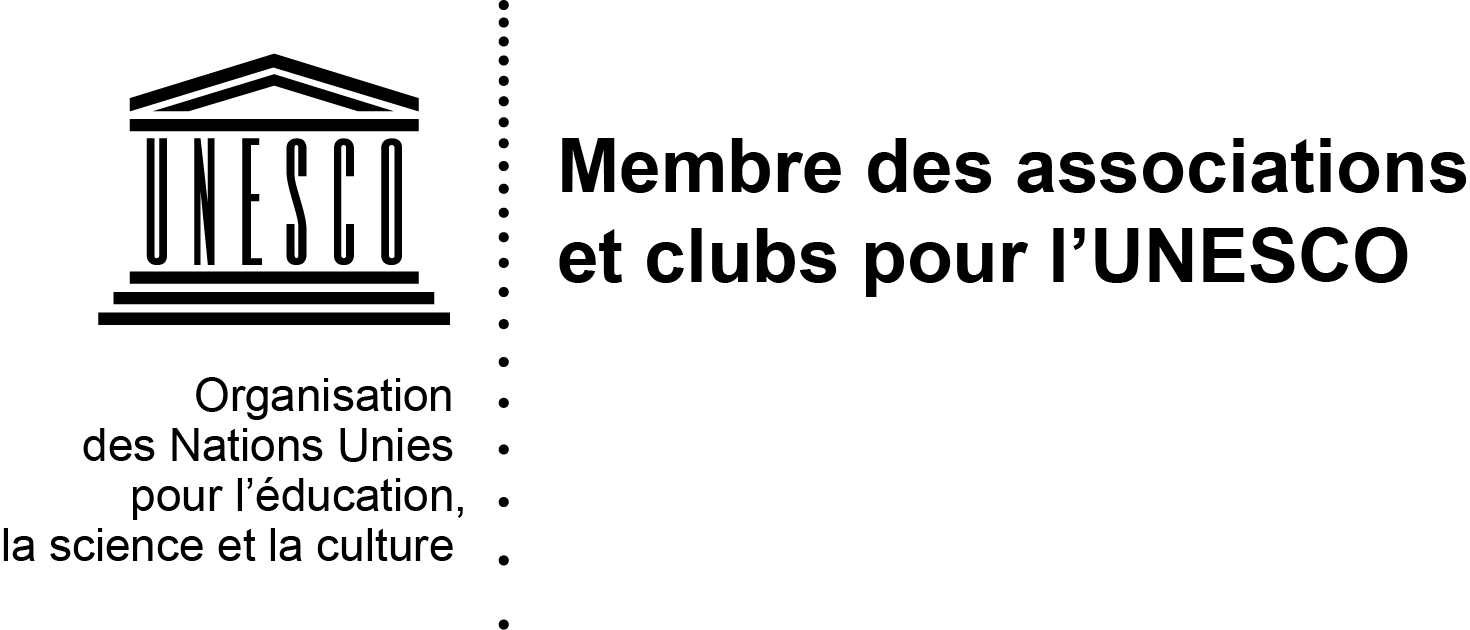
30/04/2020 by Reem H. Furjani
Growing up abroad to my grandparents’ narratives about an enchanting Medina of Tripoli in its earlier thrive, my imagination was animated: Behind the fountains of the courtyards laid the ladies adorned in silk and gold, in the shade reciting folk between sips of minted tea, and the scent of jasmine carried by a siesta breeze; the trotting carriages; the animated bazaar; the throbbing hammering of the copper market; and the rhythmic arches echoing a shadow melody. My senses and emotions were stirred by the notion of home; but when I returned, Tripoli had a different story for me. It was not until civil society was permitted after the 2011 revolution that my sense of belonging re-awakened and I stepped into the gates of the Medina for the first time, hoping that in the heart of the city beyond her ancient fortifications I may find context to the narratives, the meanings, and the values that I carried of her. What I found, however, were her deteriorating remains.
Tripoli thrived between the 5th and 7th century B.C as one of three Mediterranean centres of trade known collectively as Tripolitania (‘the Region of the Three Cities’). In the 4th century A.D destructive earthquakes turned the prosperous cities to ruins before being buried by desertification. Due to Tripoli’s strategic location it survived out of the three as another layer emerged above, tracing and incorporating its ancient patterns. As the ‘Gateway to the Sahara’ and a meeting point of societies, economies, and political rivalries, the capital became a melting-pot of native and world cultures, and so carries evidence recognised amongst the most important in the region.
However, as a consequence of the cultural oppression and neglect during the past regime, followed by weak current management due to conflict, the unprotected heritage site became subject to transformations and vandalism by three groups: new incoming inhabitants, merchants of the black market, and extremists, each altering the historic fabric according to their cultures and needs. Consequent transformations and repeated vandalism stimulated opposition amongst Tripolitanians late of the Medina who carry a sense of belonging and therefore valuing of its heritage. Such conflicting interests provoked contestation between groups, which manifests as social fragmentation, dis-acceptance, and occasional violence.
With a personal background that allowed me recognition of the socio-cultural values of heritage, and with graduate education in architecture and spatial phenomenology, I joined civil society efforts in 2011 aiming to sustain the nation’s cultural heritage site with a focus on the role of community and immaterial narratives. Beginning as a Managing Director to a campaign until 2015 and, since, Founder of a civil initiative, the objective is to create proximity between society and the site as well as between contesting groups in it so that meanings and values can be transferred and pollinated especially to groups that cause the physical transformations. This is inevitably challenging, but we see satisfying results as manifested through increased engagement with the previously secluded and neglected site – especially by young artists and youth cultural organisations. Working on ground is increasingly challenging nowadays because of the difficulties resulting from the rising conflict and its reverberations.
Nonetheless, recognising the immense value in working on the field with communities amidst such context, I have been engaged in the scientific discourses of the Heritage field in order to contribute through ethnographic research what I have observed and understood empirically. Such experiences and the exceptional transitional period offer important grounded insight for the rising critical sociology discussions in the field about how communities define and value heritage in comparison to exclusive expert and State-based approaches. Continuing to dedicate myself as a full-time volunteer since 2011, I strive not only to sustain the symbol of a people’s identity and evidence of a region’s history, but also to contribute Tripoli’s story to the world.



5 comments
Hi there, just became alert to your blog through Google,
and found that it is really informative. I am going to watch out for brussels.
I will appreciate if you continue this in future. Numerous people will be benefited from your writing.
Cheers! Lista escape room
I’m curious to find out what blog system you have been working with?
I’m experiencing some minor security problems with
my latest website and I’d like to find something more safeguarded.
Do you have any solutions?
Really great info can be found on blog. Travel blog
Thank you very much for sharing, I learned a lot from your article. Very cool. Thanks.
Justin nkRFkdHrxJ 6 18 2022 buy priligy pakistan Kanda J, Nakahara S, Nakamura S, Miyake Y, Shimizu K, Yokobori S, et al
Comments are closed.